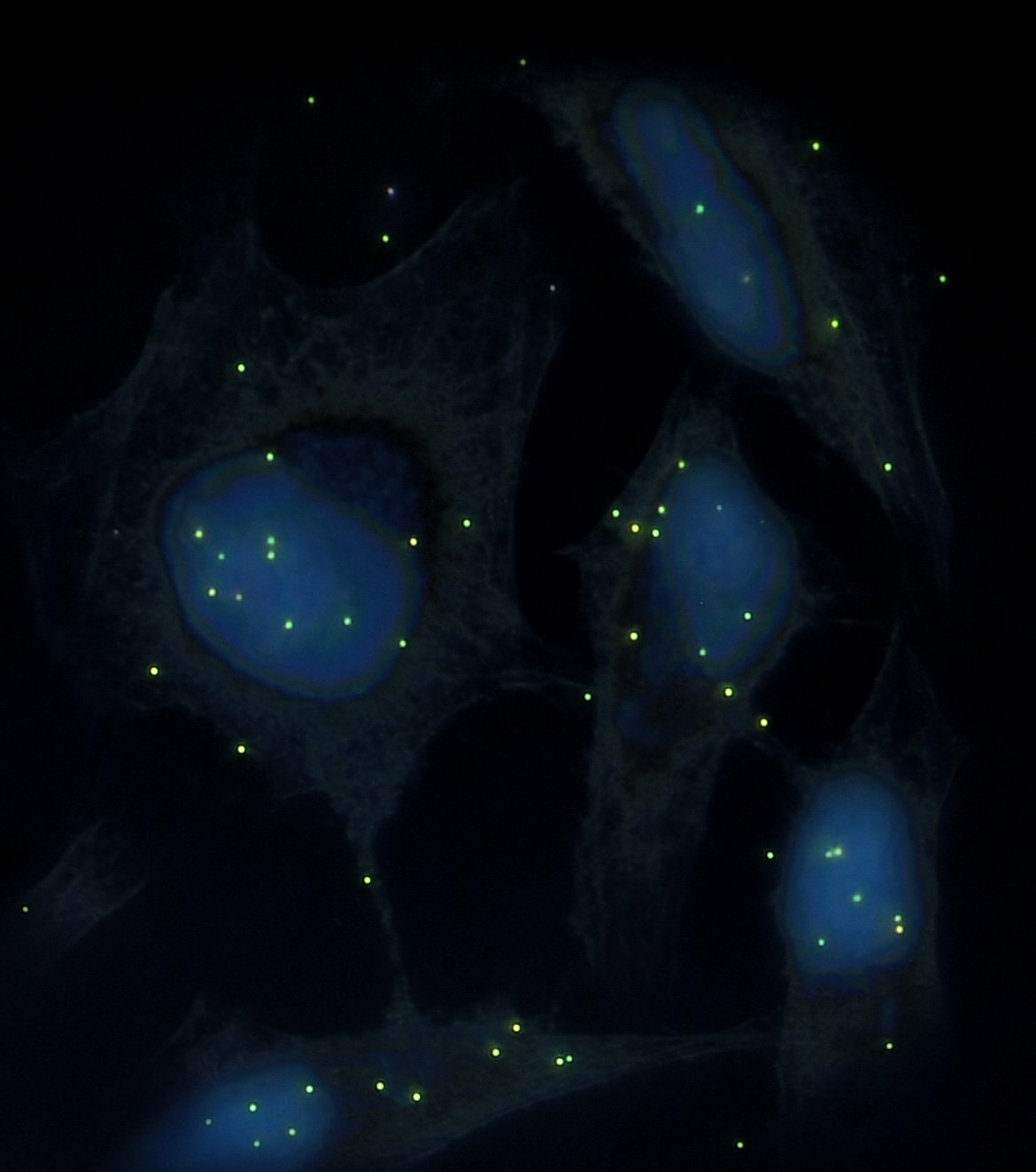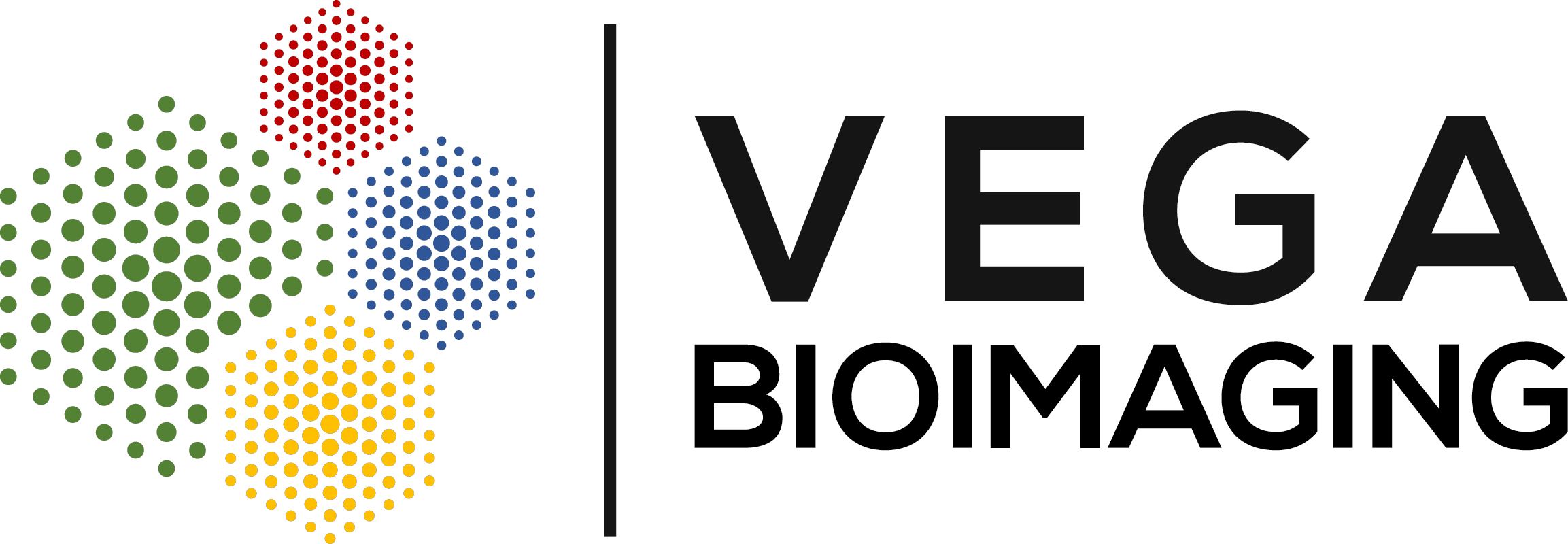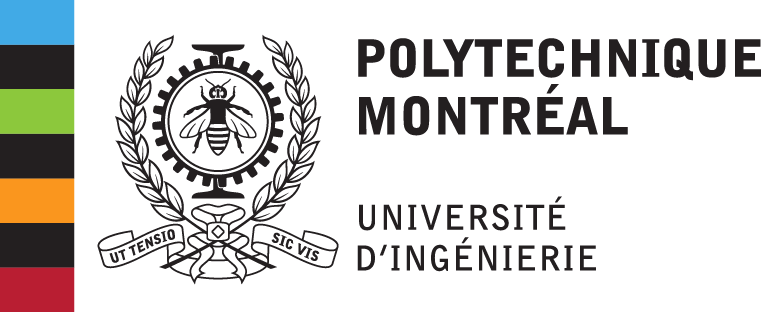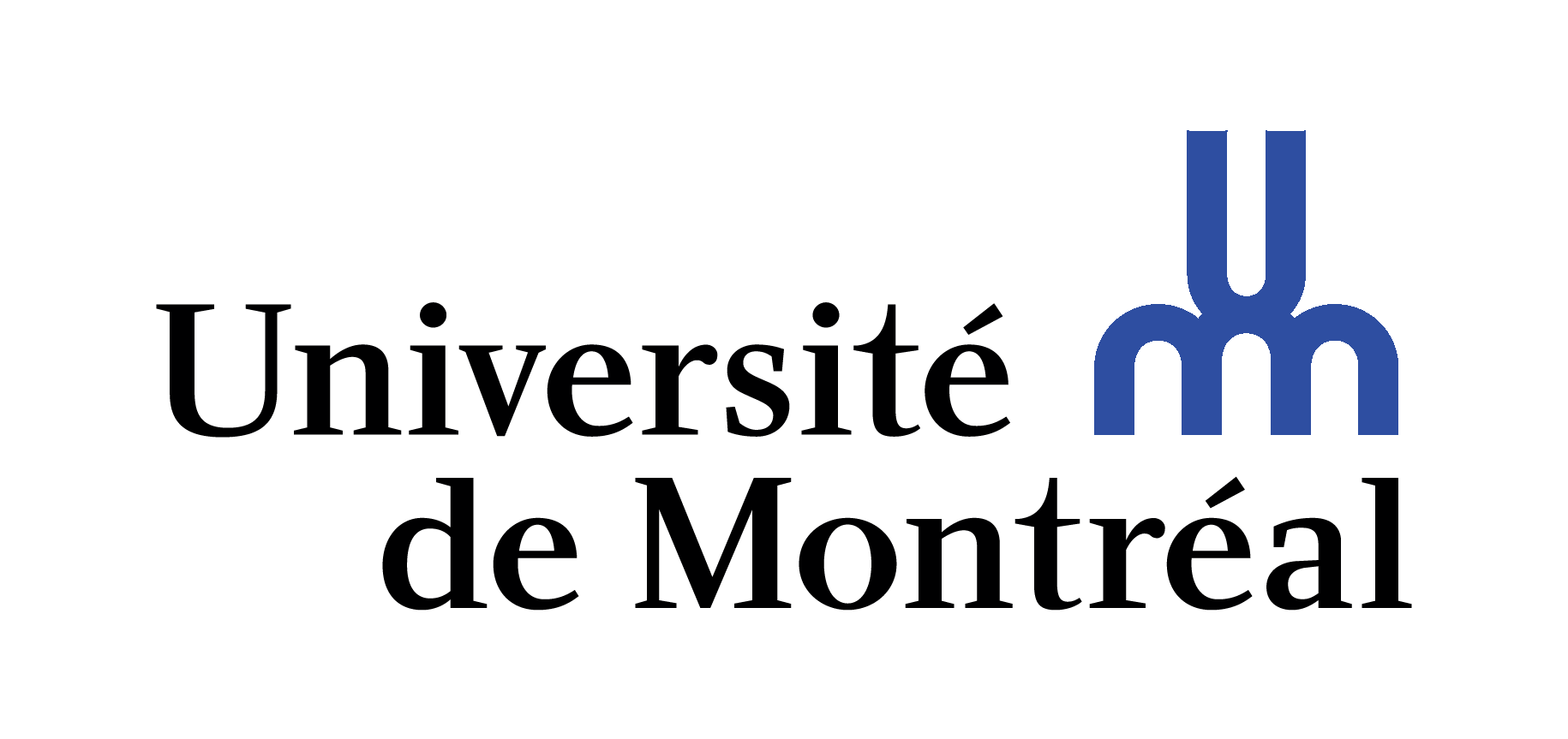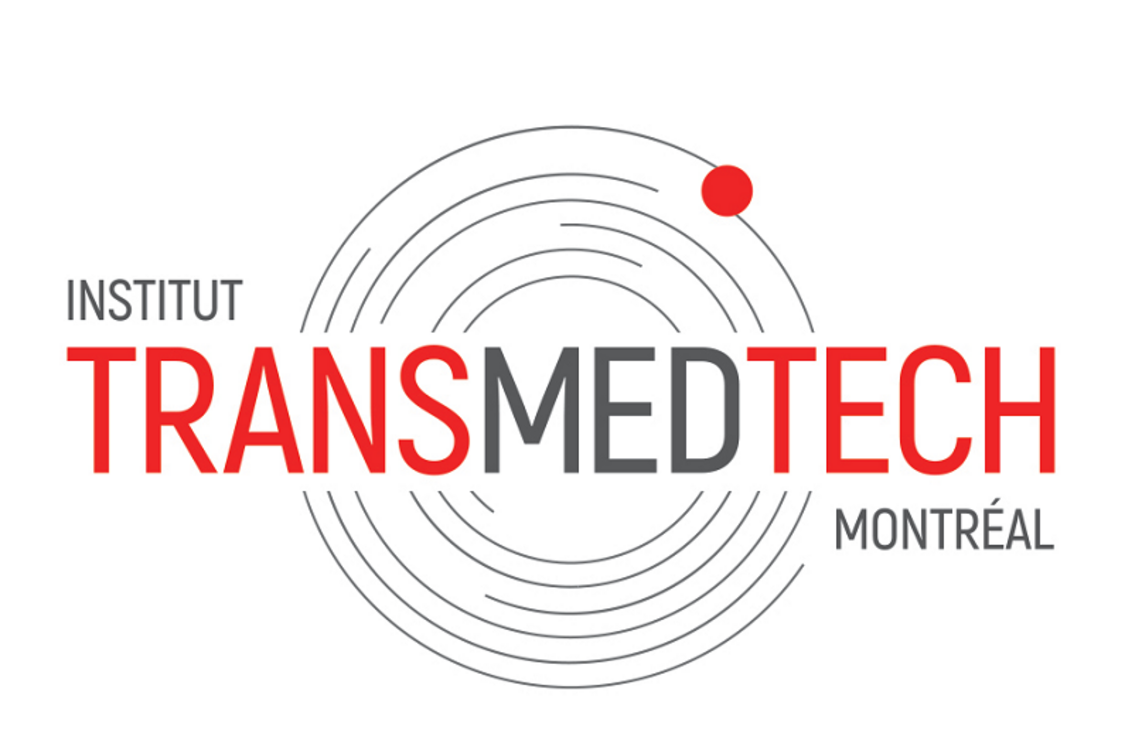JOIN US !
Click here to find about our projects.
Michel Meunier received his B. Ing. and M.Sc.A. diplomas in engineering physics from Polytechnique Montréal in 1978 and 1980, respectively, and his doctorate from the Massachusetts Institute of Technology in 1984. He is professor of engineering physics at Polytechnique Montréal since 1986. He is currently acting director of the engineering physics department of Polytechnique Montréal and director of Laboratory of Plasmonics and Laser Processes (LP2L) of Polytechnique Montréal. For almost 40 years, he has been involved in laser processing of various biological materials and applications, and he has published more than 380 articles in this field. He is a Fellow of SPIE, OSA and the Canadian Academy of Engineering. He held a Canada Research Chair in laser micro / nanoengineering of materials from 2002 to 2016. His current research activities focus on the application of femtosecond lasers and plasmon nanostructures for diagnosis and therapy.Research activities
Femtosecond engineering:
Micro/Nano processing of materials, laser pulse shaping, laser-matter interaction simulation. Filamentation in complex waters.
Biomedical nanotechnology:
Nanobiomaterial engineering, gold/silver alloys nanoparticles, silver nanostars, plasmonic fabrication and characterization.
Plasmonic nanobiosensors:
Nanoplasmonic, phase sensitive plasmonic biosensors, SPR microscopy, Raman spectroscopy with plasmonic amplification, gaz sensor, applications to DNA, virus and bacterial detection.
Laser
nanosurgery:
Laser surgery in living cell, cell transfection by laser and plasmonic enhanced transfection, theory and simulation, cancer treatment. Gene therapy for ophtalmology (cornea and retina).
Cancer therapy
One of the main drawbacks of chemotherapy treatment is its lack of specificity for cancer cells. Only 5% of the injected dose is able to kill the tumor cells. The project consists in increasing the specificity between the cancer cells and the chemotherapy.
Liposomes
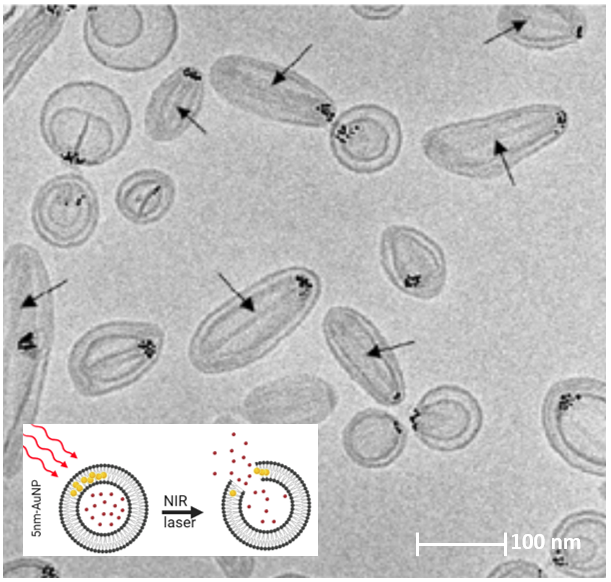
Encapsulation of the anti-cancer drug in long-lived lipid nanoparticles named liposomes (LNPs) has been shown to reduce these toxic side effects and improve tumor accumulation by utilizing the enhanced vessel retention and permeability (EPR) effect. These same lipid nanoparticles are the basis of the COVID-19 vaccine.
Plasmonic effect of gold nanoparticles
It is also possible to excite gold nanoparticles at a distance using a laser beam to induce a plasmonic resonance effect. With an 800nm femtosecond laser, a single pulse is sufficient to release the drug without compromising cell integrity.
TransMedTech Platform
Mission
Our mission is to develop diagnostic and therapeutic technologies based on plasmonic and optical properties of colloidal nanoparticles. Besides supporting researchers, this platform offers a wide spectrum of services (e.g., fabrication of plasmonic nanoparticle, design of optical devices, and provision of different ultrafast lasers for theranostic applications). These newly developed technologies, supported by TransMedTech, respond to the growing needs in healthcare for a fast and accurate diagnosis facilitating personalized therapy.
Simulation tools
The LP2L is pleased to make available Matlab simulation tools for the calculation of spectra of plasmonic nanoparticles based on Mie theory. This tool requires the MATLAB runtime R2016b, available on the official MathWorks website.
- NFMie program : Windows version | Mac version
Vega BioImaging
Our spin-off, Vega BioImaging develops imaging and detection technology based on the plasmonic optical properties of colloidal nanoparticles and designed nanostructures. This technology responds to the growing needs in healthcare for fast and accurate diagnosis and personalized therapies.
To find out more, visit our website: https://vegabioimaging.com/
NanoEye
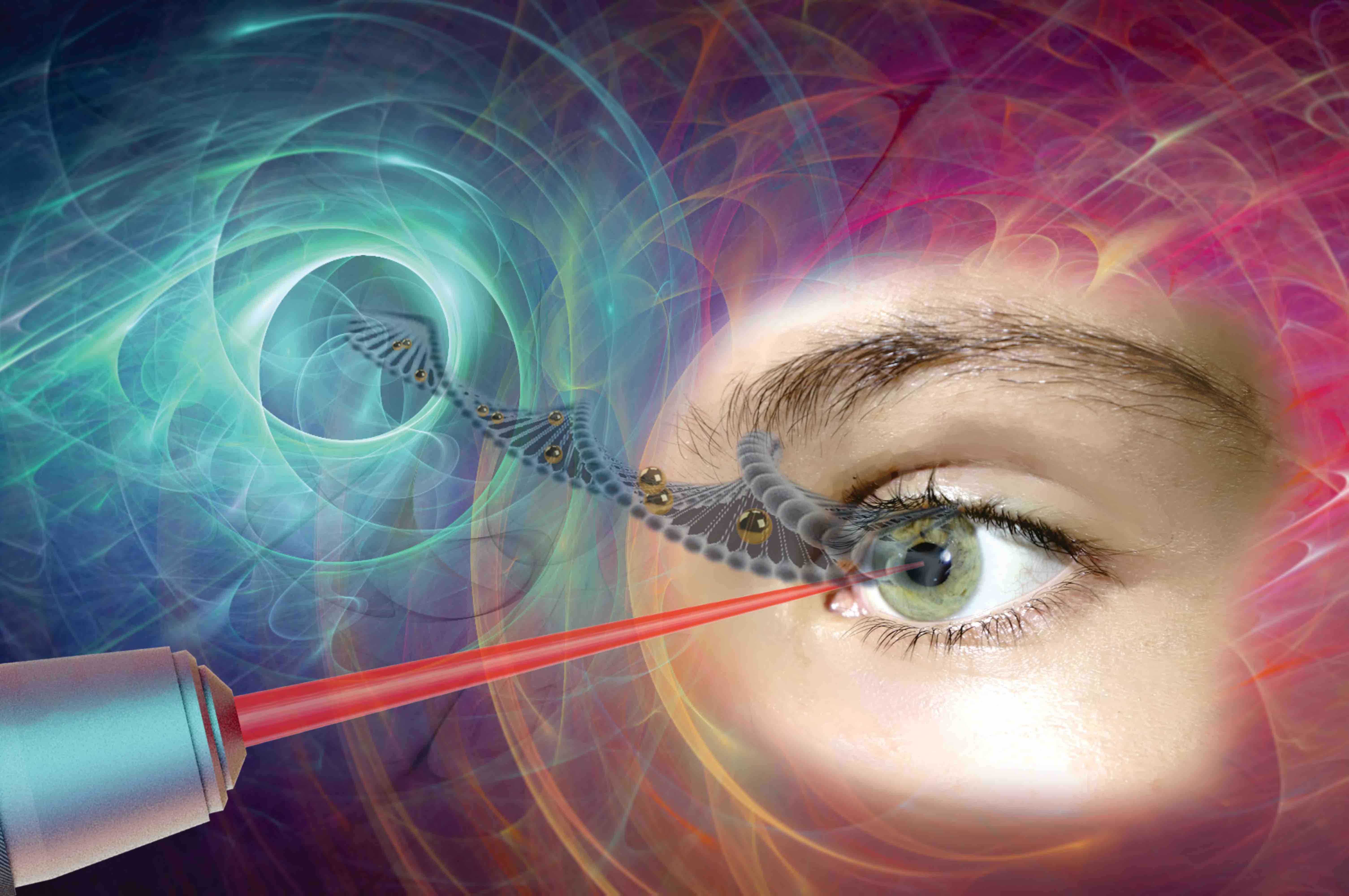
TWO projeCts FOR DRUG DELIVERY IN THE EYE:
The NanoEye project gathers two projects for targeted drug delivery in the eye:
Filamentation
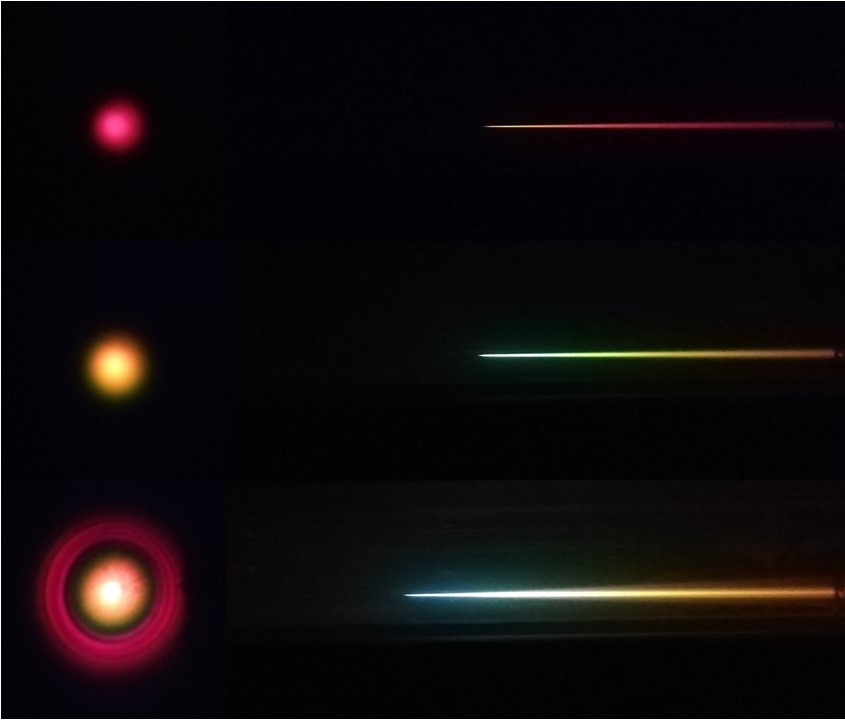
NanoPatho
From nanoparticle to biomarker...
